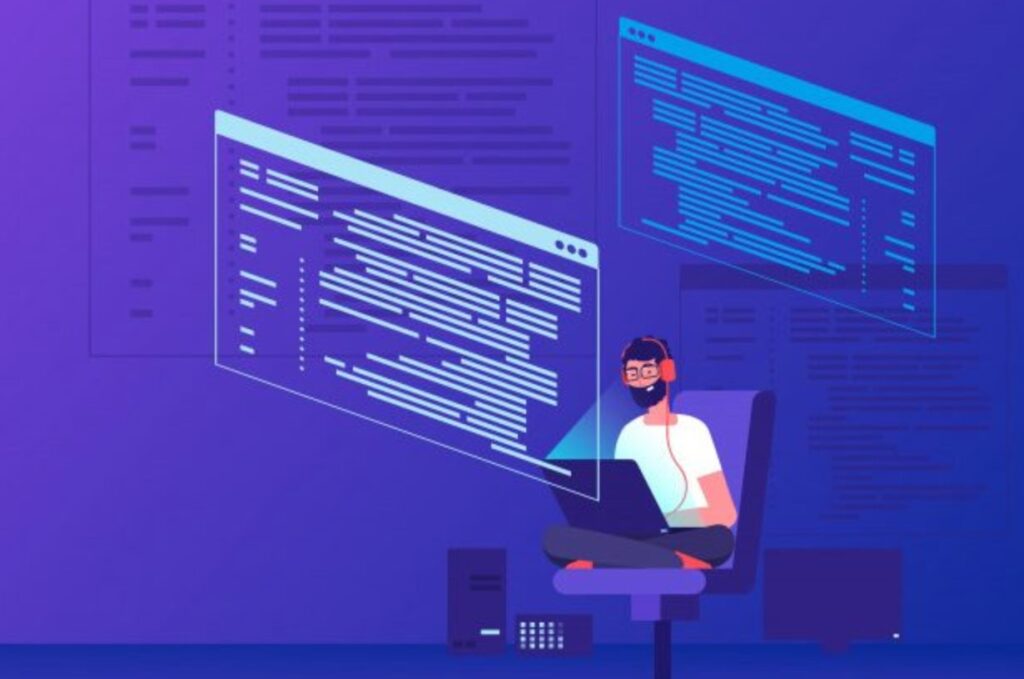Employers no longer place total emphasis on grade point average as a means of determining the suitability of employee career growth or potential employees.
The options for adults are unlimited when it comes to continuing education. However, today’s employers prefer graduates who have the ability to problem solve, think globally, write effectively, and be self starters. These skills are not evident in those who graduate from universities, colleges, and community colleges today [The Association of American Colleges and Universities, Survey of Employers 2019]. Here is a list of best online learning platforms at IMHO Reviews for 2024
Adults need to add another item to their check list, beyond type of program, cost, and convenience. This item is determining how these institutions assess their level of understanding and learning.
Many employers do not feel that the traditional multiple choice assessments really determine a graduate’s ability to be successful in a career field. Employers now go beyond an applicant’s grade point average (GPA), they view how the GPA was earned [The Association of American Colleges and Universities, Survey of Employers 2019].

Evaluating Continuing Education Assessment Practices
Evaluating an institution’s total program objectives is high on the agenda for anyone considering enrolling in a program. The following are assessment attributes which should be part of any continuing education program:
- Teamwork – does the program emphasize group efforts and projects?
- Ethical Judgment – does the program focus on the ability to choose right from wrong in critical situations?
- Intercultural Skills – does the program focus on cross cultural teaching and learning?
- Quantitative Reasoning – does the program require analysis of data to determine outcomes?
- Communication – does the program require strong oral communication within all courses?
- Adaptability – does the program include problem solving situations and projects?
- Critical thinking – does the program include courses and projects which require research and evidence of thought beyond basic course work?
- Writing – does the program have a strong emphasis on writing in all courses and projects?
- Self Starter – does the program place a value on being proactive in courses and projects?
- Global Knowledge – does the program emphasize the inclusion of views and understanding beyond the confines of the program?

Employers’ Continuing Education Assessment Priorities
According to the Association of American Colleges and Universities, Survey of Employers 2019 report, employers place a greater emphasis on grades and supervising faculty written evaluations from the following types of continuing education projects:
- Internships/Externships – these are the number one choice for most employers in determining the ability of a potential employee.
- Essay Exams – which measure the ability to problem solve, write correctly, and use analytical skills.
- Electronic Portfolios – which provide examples of completed work with written evaluations by faculty.
- Senior/Graduate Projects – which are comprehensive projects demonstrating depth of knowledge, problem solving, writing, and analytical ability.
Although grade point average is still a consideration, its value is not nearly important as the above measures for determining the ability of a potential employee to contribute to a business’s success. As evidenced above, employers are searching for employees who can think, think out of the box, and communicate effectively in writing.
The ability to memorize facts and figures is nearly as important as knowing where to find the information, along with how to communicate the information. Communication is critical at all levels within the business, with other businesses, and internationally today.

The Best Websites for Free Courses and Lectures
An education from Yale, MIT or Princeton is no longer a privilege of the few. The educational revolution that democratized learning more than ever before came, unsurprisingly, from the Internet. Some of the world’s best universities offer full online courses with audiovisual material, notes and exercises for anyone who is interested in learning. This can be either prospective students, who want to learn as much as possible about the content of the course they are considering, current students who need a more interactive educational environment or lifelong learners, who seek top education for personal or professional reasons.

Universities Open Their Gates
MIT was the first institution that made online courses popular with MIT OpenCourseWare. Almost all the MIT courses are available online without registration. Students will find audio and video for streaming or download, lecture notes in PDF, as well as projects, exams and solutions. All MIT departments are represented, so students can browse any course they are interested in, from Aeronautics to Writing. By 2009, 1950 courses have been published and some of the material has been translated in other languages. More than 50 million individuals from 200 different countries have accessed them.
OpenCourseWare courses were adopted by many universities worldwide that now offer some or all of their courses online for free. The names of these universities and partner institutions can be found on the Consortium Members list. Tufts University, that focuses on health sciences, UC Berkeley, which was the first to use YouTube as an education tool and the Open University are considered some of the best.
In a similar move, Carnegie Mellon created the Open Learning Initiative, which includes 12 different subjects like Chemistry, Economics and French. Learners can either browse the courses anonymously, or register for free in order to keep track of their progress. According to a 2008 study, published in the Journal of Interactive Media in Education, learning gains of OLI students “were at least as good as in a traditional, instructor-led course”. In fact, statistics students of the University that used a hybrid form of traditional and online courses showed equal or better learning gain in half the time.

Free Lectures and Learning Material
Apart from the websites of the Universities themselves, lectures can be found in websites that were designed specifically for that purpose. Some of the most well known websites that collect lectures from different sources or provide lectures themselves are VideoLectures, AcademicEarth, Fora.tv, the Forum Network or TED. They are the best places to learn about anything from technological breakthroughs to current affairs issues, discussed by world leaders and great thinkers.
Apple has a special education channel called iTunes U where hundreds of thousands of lessons are hosted. Most of the above educational providers and lecture websites are represented on iTunes U and video, audio and texts can be downloaded free of charge.
Another learning approach is to learn actual skills that can be used in life from platforms such as Skillshare, Udemy, Linkedin Learning and many more. Certificate of taking a class from these platforms are not accredited by institutions although you are getting real skills that can be applied in daily life. And the brilliance of this learning path is that you can learn not only creative skill, video editing and storytelling but pretty much anything including meditation, productivity or anything at all.
All the above learning resources can be accessed by anyone with a computer and an Internet connection. Time and motivation are the only requirements for learners who want to expand their knowledge and even though no credit or degree is given, learning is all that really counts.





